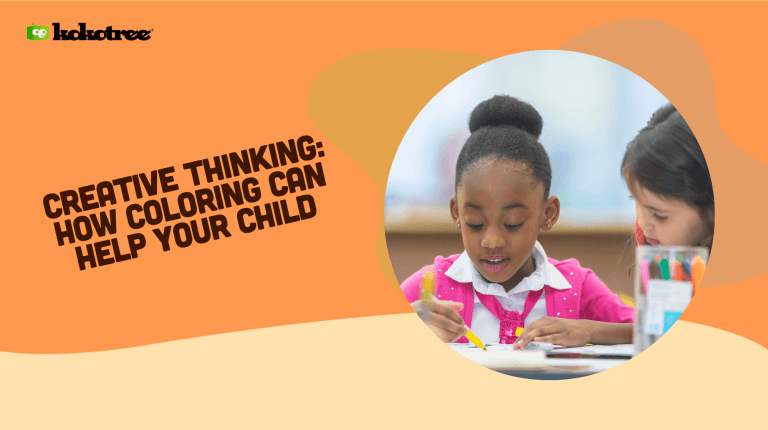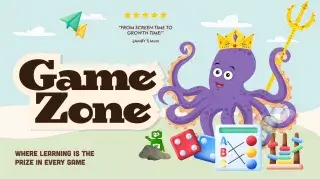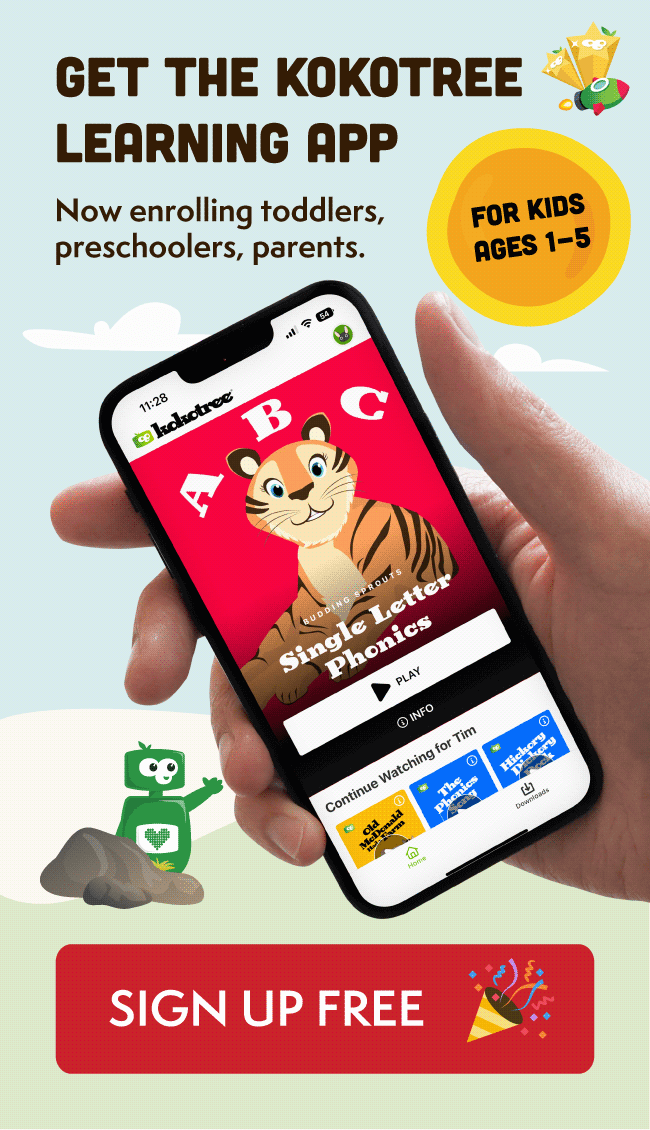

Hey there, awesome parents! Do you ever wonder what goes on inside the brilliant mind of your little one as they masterfully color their way through a world of imagination? Prepare to be amazed because your tiny artist is doing much more than just scribbling and shading. Coloring can actually boost your child’s creative thinking skills and help them think outside the box! So, grab a cozy seat and join us as we explore how empowering our little ones with crayons and color pencils can lead to endless creativity and bright, innovative minds.
Did you know that simple coloring pages can be a key towards unlocking your child’s creative potential? Armed with various colors and a blank canvas, your young one can become the next Picasso or Frida Kahlo! Integrating art and creativity early in your child’s life can help shape their cognition, stimulate their imagination, and foster problem-solving skills. So, let’s dive into how coloring pages can spark this immense creative power.
The great adventure begins when you put a coloring page in front of your little one. Curiosity is instantly triggered by the vast possibilities offered by a coloring book or a sheet of paper. Encourage your child to examine various shapes, characters, and scenes on the coloring page. Discuss the colors they have in their crayon or pencil box, and encourage them to experiment with different combinations. You might be surprised at how excited they become when you simply ask, “What color should the flower be today?”
Coloring pages allow your child to challenge traditional norms and expectations. Why should trees only be green, and cows only be black and white? Encouraging your child to use unconventional colors for familiar objects can help develop their ability to think unconventionally, a trait that will benefit them throughout their lives.
In addition to experimenting with unique color choices, motivate your child to mix and match various patterns and styles. For example, if they’re presented with an animal-themed coloring page, suggest they try incorporating stripes on a furry creature like a bear or leopard spots on an elephant. The more peculiar the combination, the better the creative exercise.
One of the often overlooked benefits of coloring pages is their ability to help children focus and relax. Children become absorbed in the task when working on a coloring project, often causing their minds to wander into a state of relaxation. This not only helps reduce anxiety and stress but also aids in developing sustained attention and perseverance.
Coloring pages can help your child strengthen essential social skills, such as expressing their thoughts and feelings, learning to compromise, and understanding the concept of teamwork. They can share ideas, negotiate, and create unique collaborations by engaging in coloring activities with other children. Why not invite some of your child’s friends over for a group coloring session?
Children often have a world of thoughts, emotions, and stories locked inside, just waiting to be unleashed. Coloring pages can act as a medium to express these feelings and ideas. Encourage your child to use colors as a language to share their emotions without needing words. A warm red sun might symbolize happiness, while a dark gray cloud can represent sadness or loneliness. In addition, the mere opportunity to create original art can give your child a sense of accomplishment and self-esteem.
Are you looking to get your child started with coloring pages or find new ways to spark their creativity? An abundance of resources are available to keep your little artist well-supplied and inspired. Here are some ideas:
From whimsical themes to educational content, coloring books can appeal to every child’s interests. Consider expanding their collection with books that allow them to explore new themes or characters. Printable coloring pages found online can also offer a more diverse selection, covering topics such as nature, history, or world cultures. A quick internet search will result in endless coloring possibilities.
A well-stocked coloring toolbox can ignite excitement and experimentation. Be sure to provide your child with a variety of coloring materials, such as crayons, colored pencils, markers, and even watercolor paints. Incorporating different mediums can help your child explore various textures, techniques, and styles.
Expose your child to different art types to inspire curiosity and creativity. Visit art galleries or museums, browse through art books, and provide posters or pieces by famous artists as decorative stimuli. Additionally, watching videos about various forms of art or engaging in art classes can be a great way to fuel their passion and imagination.
Coloring pages can act as a springboard for other artistic pursuits, further developing your child’s creative thinking. Here are a few ideas on how to carry the coloring experience beyond the page:
Exhibit your child’s masterpieces to showcase their talent and build confidence. Dedicate a wall or a specific area in your home to display their artwork. You can even host an art show where family and friends are invited to admire and celebrate their creations.
Stories and characters can come to life as your child colors. Encourage them to create a backstory for the characters on their coloring page, describing where they come from and the grand adventures they experience together. This storytelling process can stimulate your child’s imagination and help them develop critical thinking and narrative abilities.
Expand your child’s playtime by using colored creations as props for make-believe stories or games. A picturesque jungle coloring page can become a backdrop for a toy animal’s adventures, or an array of colorful hand-drawn masks allows them to assume different roles during playtime. This form of creative play can further fuel their enthusiasm and adaptability.
Coloring pages can truly revolutionize your little one’s creativity, skillset, and overall development. By providing your child with the time, resources, and encouragement to engage in coloring activities, you are fostering a lifelong love for art and creative thinking. So, bring forth those coloring pages and let the imaginative magic unfold!

Get free parenting tips, news, updates, and content from Kokotree.
Though we’ve focused primarily on the creative thinking aspect of coloring pages, it’s important to note that childhood coloring activities have many additional benefits. Let’s explore some of the equally valuable perks that coloring brings to your little one.
One significant benefit of coloring pages is their ability to improve fine motor skills. As your child fills in intricate images with various colors, they are simultaneously practicing hand-eye coordination, pencil grip, and hand control – all essential skills for future activities such as writing, typing, or even playing a musical instrument!
Coloring provides the perfect opportunity to teach your child about colors, shapes, and patterns. With each coloring session, you can introduce new colors or discuss the differences between primary and secondary hues. Identifying various shapes present in their artwork, such as circles, triangles, or rectangles, can also open up opportunities for fun learning games and activities.
Coloring by nature is a calming activity that requires time, effort, and concentration. As your child works on their masterpiece, they create beautiful art and learn the valuable lessons of patience and perseverance. Mastering these skills can lead to greater resilience and determination when faced with challenges in the future.
Coloring can be a wonderful way for parents and children to bond and connect. Join your child for some coloring fun and create your own artwork alongside them. This shared experience can foster a sense of closeness and offer the opportunity for nurturing conversations, praise, and encouragement in a relaxed setting.
There you have it, super-parents! With so much to gain from simple coloring pages, it’s no wonder that they have remained a beloved pastime for generations. Remember, whether your child is experimenting with unconventional color combinations, perfecting their patterns, or eagerly learning about new colors, every stroke contributes to their growth and development. So, gather your coloring materials, create a cozy coloring corner, and dive into a world of imagination, creativity, and fun with your little one. Who knows, you might even awaken a budding artist in the process!
Do you have questions about incorporating coloring pages into your child’s daily routine or the benefits of this creative pastime? We’ve compiled a list of common questions and expert-approved answers to help guide you on this colorful journey! So, gather your crayons, and let’s explore these fun FAQs.
Children can start engaging in coloring activities as soon as they have the ability to grasp a crayon, which is typically around 18 months to 2 years old. Starting early allows children to develop essential motor skills and helps spark their creativity.
No, it’s best not to criticize or correct your child’s coloring technique. Emphasize the fun and creative aspects of coloring rather than perfection, which may discourage their enthusiasm and hinder their artistic growth.
While exposing your child to various coloring page themes and subjects is important, try to select pages that align with their interests or encourage imaginative thinking and creativity.
Absolutely! Encourage your child to explore both freehand drawing and coloring pages. This allows them to develop essential artistic skills while also cultivating their imagination and creative thinking.
Digital coloring apps can provide similar benefits in terms of creativity and focus. However, they may not engage the fine motor skills developed by holding coloring materials and making strokes on paper.
Include coloring as a regular activity in your child’s daily routine. This doesn’t necessarily mean they have to color every day, but setting aside regular art time can help solidify their creative habits.
Yes, coloring activities can help reinforce learning concepts. Many educational coloring pages are available, featuring subjects such as numbers, letters, history, and geography, making learning a fun and interactive experience.
Coloring can indeed be beneficial for children with special needs or learning disabilities, as it provides a therapeutic outlet for expression and promotes the development of fine motor skills, focus, and relaxation.
Absolutely! Coloring can be a wonderful shared activity among siblings and peers of different ages. Collaborative coloring can promote social interaction, teamwork, and negotiation skills.
As your child colors, take the opportunity to discuss primary, secondary, and tertiary colors, as well as the concepts of warm and cool colors. Encourage them to mix and experiment with different color combinations to help solidify these concepts.
Introducing regular coloring activities to your child’s routine can provide a healthy alternative to screen time and reduce their overall device usage. Coloring activities are screen-free, allowing your child to build essential skills and exercise their creativity.
Most coloring materials are designed to be non-toxic and safe for children to use, but always check labels and choose reputable brands. Consider using larger, easy-to-grip drawing tools for younger children to prevent choking hazards.
Create a dedicated space in your home to showcase your child’s masterpieces, praise their efforts, and encourage sharing their artwork with friends and family. This will help your child develop confidence and pride in their creative abilities.




